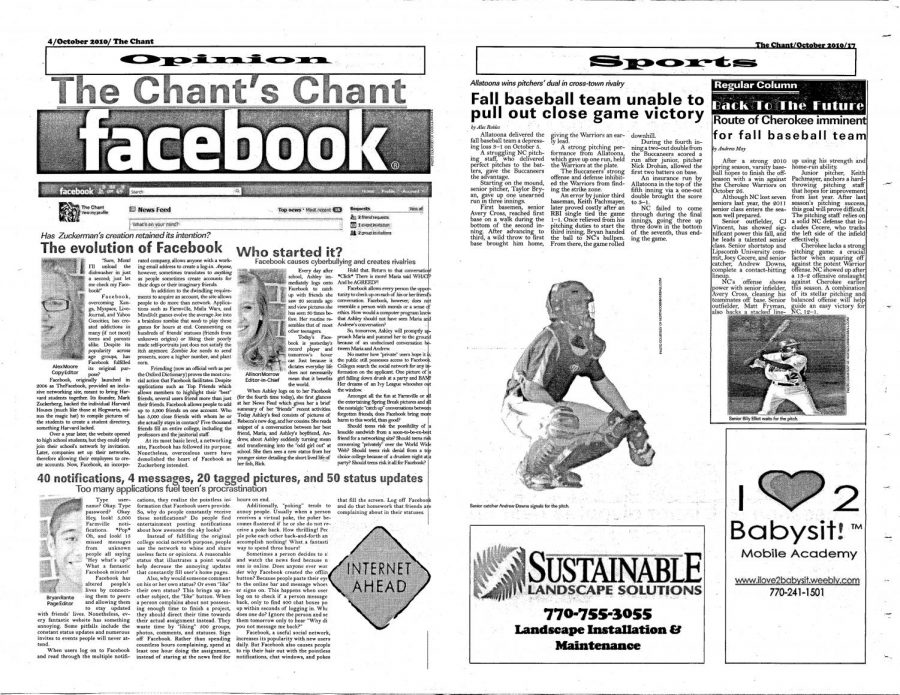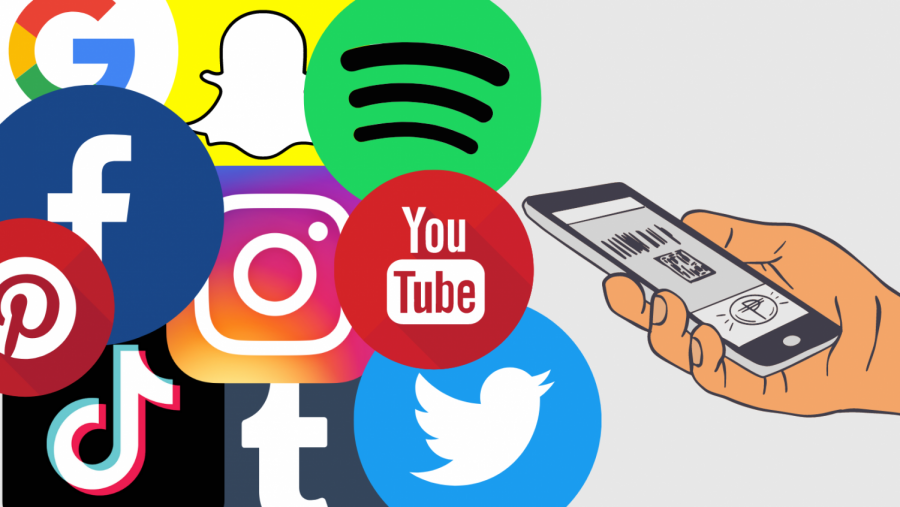The making of the media: Evolution of social media
May 14, 2021
Over the years, along with technology and fashion, social media has evolved. Instagram, Snapchat, Twitter, and Tiktok replaced the simpler times of Vine, Quora, MySpace, and WhatsApp. As of April 2021, over 3.95 billion people use social media worldwide.
In the early 2000s, social media truly began to thrive. Mark Zuckerberg’s creation of the most popular social media app, Facebook, became the blueprint for further social media platforms. Facebook introduced features such as uploading photos for friends and family, sharing interests, and connecting with people globally.
YouTube first launched on February 14, 2005. It gave people the ability to create and share videos across the world, making the app quite popular at the time. YouTube still remains one of the most used social media platforms behind Facebook.
Jack Dorsey, Noah Glass, Biz Stone, and Evan Williams launched Twitter in July of 2006. This app grew largely because it allowed people the opportunity to directly socialize with celebrities. Originally, people used Twitter as an SMS messaging platform and microblogging service. Recently, Twitter released features such as the ability for users to charge their followers for access to additional content, and the ability to create and join groups based on specific interests.
In 2007 and 2008 Tumblr, Spotify, and Groupon launched. Tumblr became a very popular platform among young adults in the first decade of the 2000s. It allowed them to express their thoughts and interact with people across the world as themselves or going by a pseudonym.
By the end of the first decade in the 2000s, one of the biggest social media platforms, Instagram, took flight. Created by Kevin Systrom and Mike Krieger, Instagram gave users the opportunity to edit uploaded pictures within the app. Since then the app has evolved to include videos, stories, and much more. Instagram’s newest “Reels” feature allows users to create and post short videos to their feed. In 2011, Google launched Google+ and multipurpose media emerged. However, Google plus shut down due to 2 alleged data leaks. Multipurpose social media combined multiple different aspects from previously created social media platforms and added them into one app. This invention paved the way for future social media creations.
During the 2010 decade, multi-purpose media became much more prevalent. Minds, for example, reached 60 million users within the first year of its launch. This alternative social media app focuses mainly on free speech and privacy. Minds pays users cryptocurrency to earn and spend within the app, allowing them to boost posts and tip creators. One of the newest social media apps, Tiktok, made its debut in September of 2016. This app focuses solely on creating, uploading, and sharing videos. It also gives users the option to post videos to the public, just their friends, or keep the videos for themselves. The app quickly reached 7.2 million users. The Chant Instagram page conducted a poll to see which social media app people used the most. Out of the 96 people that answered, 59 chose Instagram, 31 chose Snapchat, and 6 chose Twitter.
“I’m on Snapchat all the time because it feels like a faster way to communicate, and also it seems more interpersonal because of the picture aspect. I also like Snapchat because of the memories feature, and it’s just a cool way to keep all of your favorite memories and pics/videos in one place and it’s fun to look back on them. I like it more than Instagram because it’s more communication-based rather than public interaction on posts,” sophomore Noelle Riedemann said.
A 2010 edition of the Chant article surrounding the development of social media gives insight into how Facebook has moved on from its original purpose. Zuckerburg did this in order to appeal to the ever-changing times. This article elaborates on how Facebook evolved from a small platform to a multibillion-dollar app.

(The Chant 2010 Edition)
Social media has taken a huge toll on America in the past 20 years. It allows people to communicate from the comfort of their own phones. From tweeting politicians to endless TikTok posts during quarantine, social media’s impact on people’s daily lives continues to grow.






